A month or so ago I know I mentioned that I’d acquired a Vitamix blender. A workhorse of a machine that could mix cement, I think, if the quantities would fit in the container. (I’m joking, you’d never want to do that to a blender.) A couple of weeks later, with me having not used the blender for anything except salad dressings, I saw a class listed at our favorite cooking school in San Diego (Great News, in Pacific Beach) on the Vitamix. I suggested my DH and I both go – he hardly does any cooking, but he was game. It was very inexpensive – although it didn’t include a meal – just a few samples of what the blender would do and we learned a bunch of techniques too. We had a strawberry agua fresca, a peanut and almond butter (wonderful), an orange vanilla vinaigrette (fabulous), kale and basil pesto (also fabulous) and a hot soup.
The very first thing the instructors did was a green smoothie. I was intrigued about that, because I’ve heard people say they’re really good and good for you. I watched The Chew one day a year or so ago when Daphne Oz prepared green smoothies for all the other show cast. A few would just barely take a sip or two. Others loved it. Hers contains spinach, celery, kale, cucumbers, mint, parsley, apples, fresh ginger and lime juice.
In our class there was a recipe included in the handout for a “Spring Green Smoothie,” but this one we had in the class (below) was so good, I’ve barely ventured any further. I’ve made this 3 times, so not every day – I have to have kale on hand, or baby spinach and I don’t always. Kale keeps for at least 10 days or so – spinach only a few days, so kale is my green of choice when I make this.
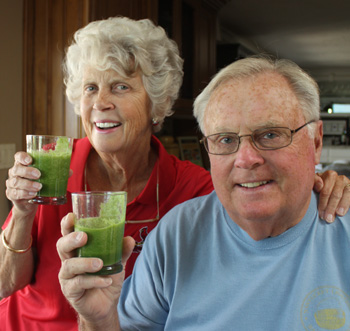 Please don’t make a frownie face about this – you should try it before you decide you really don’t like it. Our friends, Judy & Jerry say they liked it (at right)! Jerry even asked for the recipe, so does that tell you how much? These are our friends from Newtown Square, a village outside of Philadelphia. My DH, Dave, and Jerry have been friends since high school, bonding early-on at sailing. These friends have a home in Florida also and they SAIL their boat from Annapolis to Naples, FL (it takes a month of sailing each way) in the fall and return in the late spring.
Please don’t make a frownie face about this – you should try it before you decide you really don’t like it. Our friends, Judy & Jerry say they liked it (at right)! Jerry even asked for the recipe, so does that tell you how much? These are our friends from Newtown Square, a village outside of Philadelphia. My DH, Dave, and Jerry have been friends since high school, bonding early-on at sailing. These friends have a home in Florida also and they SAIL their boat from Annapolis to Naples, FL (it takes a month of sailing each way) in the fall and return in the late spring.
The fruit balances out the greens – it really does. The couple-instructors were vegetarians mostly, but they said they start every morning with one of these drinks. There’s all kinds of good nutrients contained in kale and other dark leafy greens that are so very good for us, and particularly if you have them as your first meal, or part of your first meal.
Providing you have a blender that will chop ice (a requirement here), this smoothie is very simple to make. You want to include some very fruit-forward fruit – meaning fruit that has lots of flavor like mango, pineapple or apple. You can use grapes, blueberries, strawberries, peeled oranges, or other stone fruit, but stonefruit, doesn’t have as much flavor as you might hope. It’s good, but not exceptional. I’d use an apple before I’d use peaches, nectarines or apricots.
About the only trick to making these things is to put the heaviest items in first (i.e. the kale goes in last). So ice, fruit, water, greens and sweetener, if using. Start the motor on low, then increase as it continues to blend. Stop and push any greens down into the liquid. Add more water if needed, more fruit, more sweetener . . . whatever suits your taste buds. The greens are the star of the drink, but you actually don’t TASTE the greens.
The next day after making the first version you see below, I made another one (the 2nd recipe below). A bit of a sweeter one, and everyone liked it better. Me too. I added just a little bit of apple juice, an apple and a small knob of fresh ginger. No other fruit, just the kale, parsley. Oh gosh was it GOOD! And we all really liked the little hint of heat from the ginger. Next time I’m going to add fresh mint leaves – just a few.
What’s GOOD: Well, what can I tell you – not only do these taste good, but they’re good for you. I like these a lot – the 2nd one maybe a bit better, but probably because I’m a novice at green smoothies and I prefer a bit more sweeter flavor.
What’s NOT: nothing – it takes a few minutes to make, that’s all. And really not all that many.
Green Morning Smoothie printer-friendly PDF – created with CutePDF Writer
Green Morning Smoothie MasterCook 5 file and MasterCook 14 file
SCROLL DOWN BELOW FOR SECOND RECIPE AND FILES
* Exported from MasterCook *
Green Morning Smoothie
Recipe By: From a Vitamix cooking class, 2013
Serving Size: 4
PLACE IN BLENDER CONTAINER IN ORDER:
2 cups ice
3 cups kale — or spinach or watercress (discard kale ribs)
1 cup parsley
1 cup fruit — your choice: mango, pineapple (or berries)
2 cups water
2 tablespoons honey — or sweetener
Notes: If desired you can add protein powder to this to make a complete breakfast.
1. In blender container add ingredients in order shown. Attach lid and hold it, then gently increase blender speed, stopping at least once to push greens down into the liquid. Continue to puree until the mixture is smooth. Taste for sweetness (add more fruit) or honey. (I prefer to use a little less water as I don’t like it watery – use just enough to get the mixture to blend completely.)
2. Pour into glasses and serve. Will keep for 24 hours in the refrigerator – reblend before serving as it will separate some.
Per Serving: 63 Calories; trace Fat (5.8% calories from fat); 2g Protein; 15g Carbohydrate; 2g Dietary Fiber; 0mg Cholesterol; 37mg Sodium.
Green Smoothie with Green Apple and Ginger printer-friendly PDF – created with CutePDF Writer
Green Smoothie with Green Apple and Ginger MasterCook 5 file and MasterCook 14 file
* Exported from MasterCook *
Green Morning Smoothie with Apple & Ginger
Recipe By: Adapted from a Vitamix cooking class, 2013
Serving Size: 4
ADD TO BLENDER CONTAINER IN ORDER:
1 1/2 cups ice
2 1/2 cups kale — (ribs removed & discarded) coarsely chopped
1 cup fresh parsley
1 small Granny Smith apple
1 1/2 cups water
One small knob of fresh ginger (about a 1″ x 1″ piece)
1 cup apple juice
Notes: If desired you can add protein powder to this to make a complete breakfast.
1. Add ingredients to blender as shown, in order. Turn on blender (low) and gradually increase speed until the mixture is smooth, stopping once or twice to push kale down into the liquid. Continue to blend until it’s very, very smooth.
2. Taste for flavor – more fruit? more kale? more ginger? Pour into glasses and serve. This will keep for 24 hours in the refrigerator – reblend and serve.
Per Serving: 71 Calories; 1g Fat (5.8% calories from fat); 2g Protein; 16g Carbohydrate; 2g Dietary Fiber; 0mg Cholesterol; 34mg Sodium.





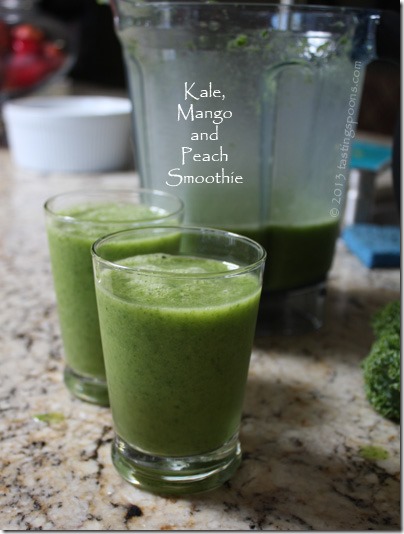

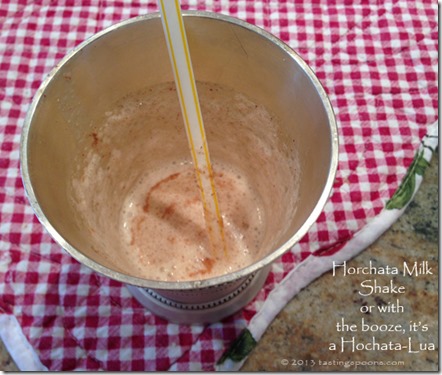
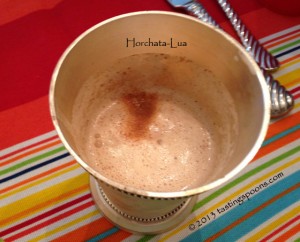
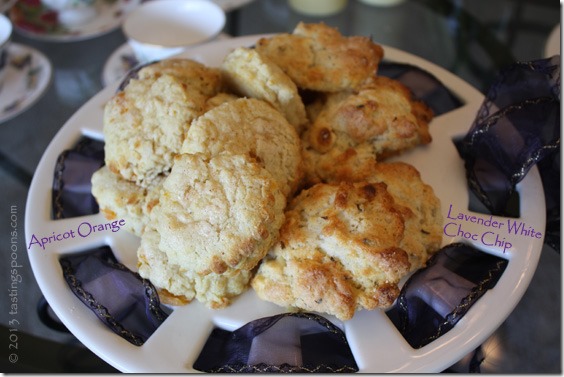
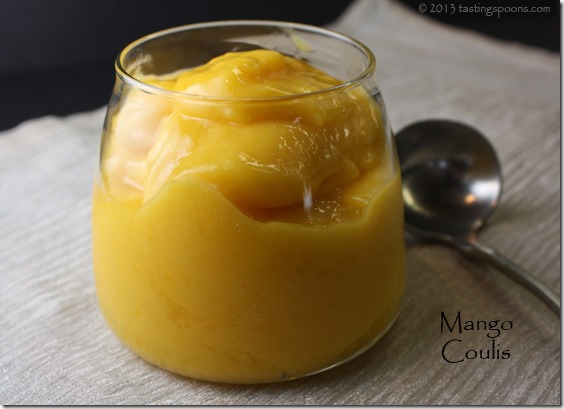
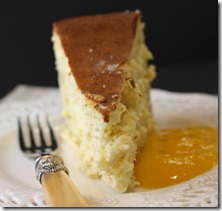
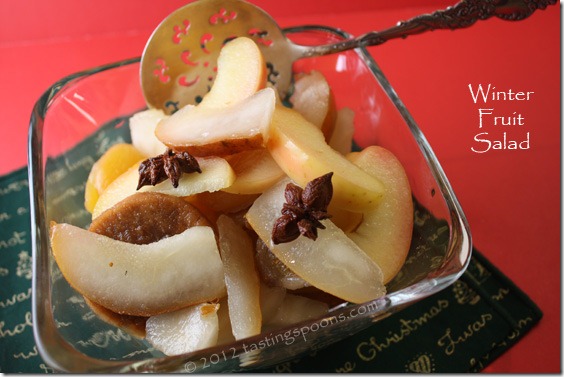
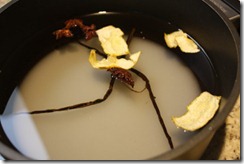
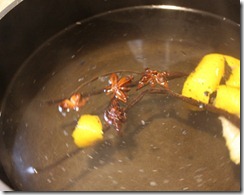
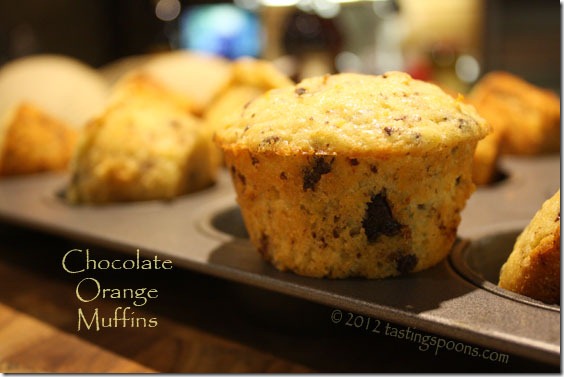
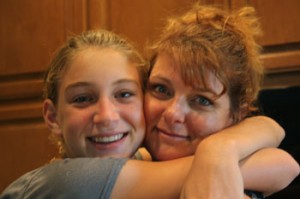
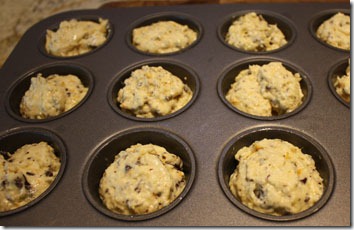
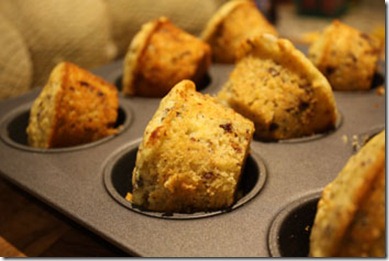

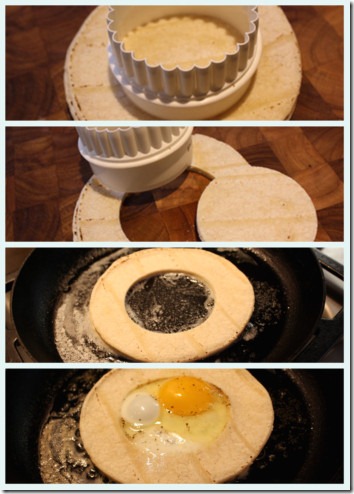
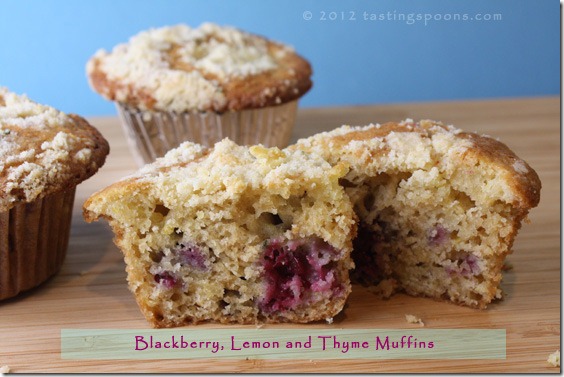
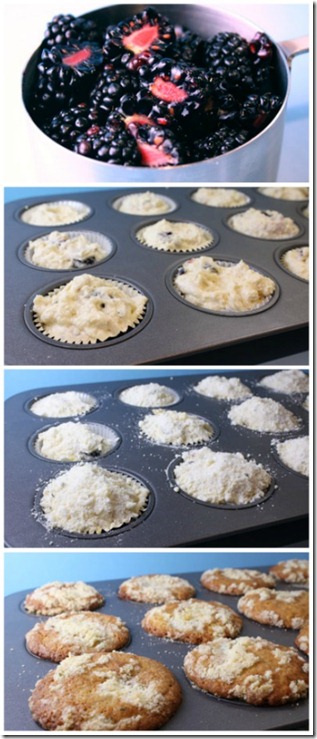

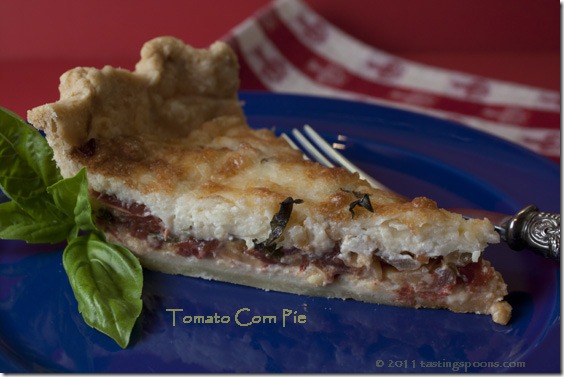
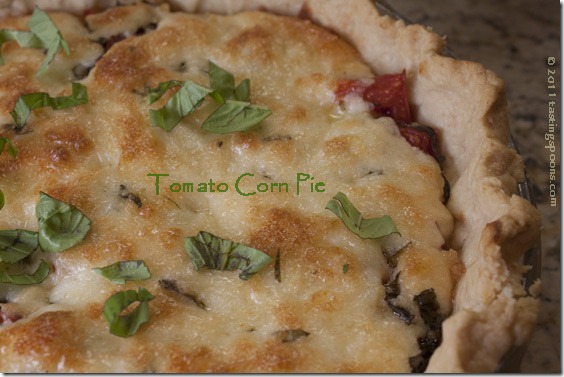
Leave a Comment!